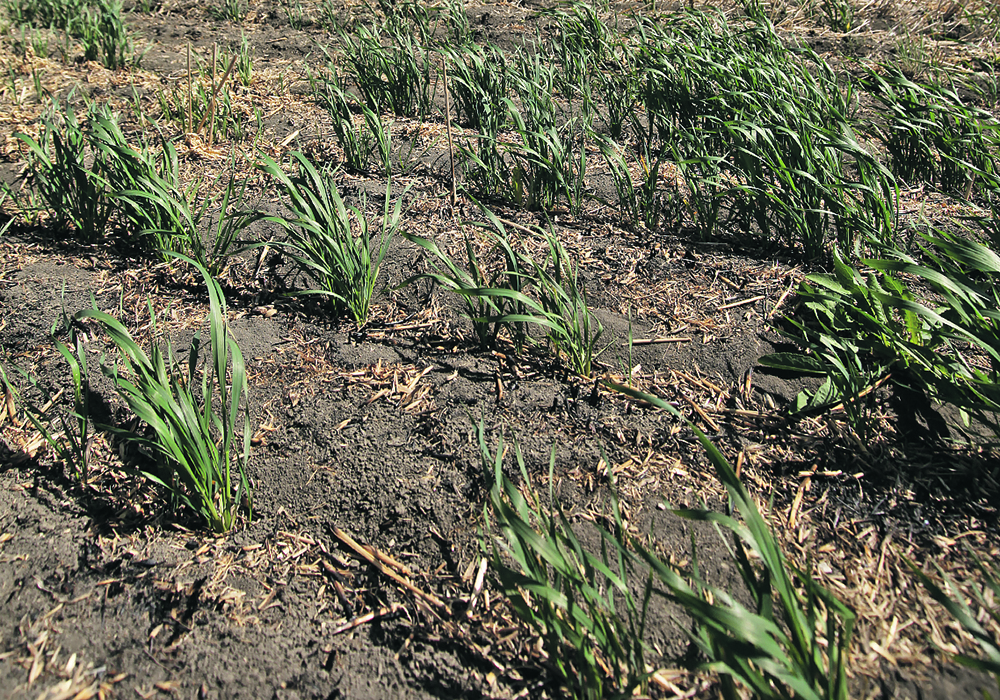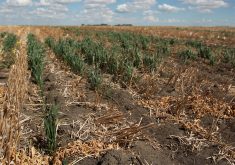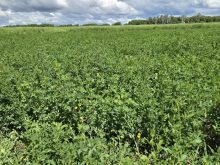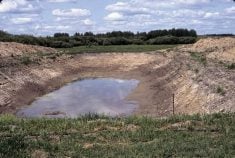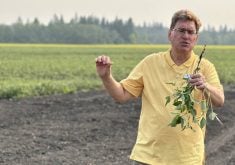REGINA — Saskatchewan finance minister Donna Harpauer has always said a crop failure is her worst budget nightmare.
The possibility of yet another drought in parts of the province loomed over her seventh and final budget delivered last week. She has announced she won’t run in the next election expected this fall.
However, the financial plan for 2024-25 contains no contingency beyond the crop insurance fund.
Last year crop insurance paid out $1.85 billion while taking in $1.1 billion in premiums, depleting the fund significantly.
Read Also

Government, industry seek canola tariff resolution
Governments and industry continue to discuss how best to deal with Chinese tariffs on Canadian agricultural products, particularly canola.
As of March 20, it contained $577 million.
Harpauer and agriculture minister David Marit both said the province will support producers no matter what.
“Ultimately if we have crop insurance claims we’ll be there for the producers 100 percent each and every year,” Harpauer said.
Marit said if the fund isn’t built up enough to cover claims this year, then the federal government and reinsurance would kick in.
“All I’m thankful for is where the fund was,” he said.
“We had well over $3 billion in it; we paid out over $6 billion in the last three years.”
He said the program today covers significantly more risk than it did three years ago.
“It was just over $8 billion three years ago and now we’re at $14 billion. It’s almost doubled in three years because of commodity prices,” he said.
NDP agriculture critic Trent Wotherspoon said the government should have planned for a potentially serious drought.
“It seems that they’re sort of just crossing their fingers here and that’s not good enough,” he said after the budget.
He said the government should have worked with producers and organizations to make sure they are monitoring and measuring the current situation and coming up with mitigation measures.
The Agricultural Producers Association of Saskatchewan had asked the government to establish a drought preparedness committee to help the industry prepare for and respond to droughts.
The organization said it appreciated the increase in the agriculture ministry’s budget, which went up $22.4 million to $570.6 million.
Overall, ag spending across government is pegged at $1.5 billion.
The government previously said it would freeze crown grazing rates at 2022 levels and offer discounts to those who had to pull cattle off lease land early due to drought. It is also freezing lease rates on crown cultivated land at last year’s rate. The three measures together could save farmers $17.4 million.
Farm organizations generally approved of the budget, noting measures such as 38 more weather stations and forage rainfall insurance improvements announced earlier.
The province has set aside $20 million for engineering, design, stakeholder engagement and First Nations consultation for the first 90,000 acres of the Lake Diefenbaker irrigation project. Construction is to start in 2025.
Another $10 million was budgeted for irrigation expansion in other regions.
Saskatchewan Association of Rural Municipalities president Ray Orb said his members are pleased with an increase in revenue sharing and more money for roads.
Revenue sharing funds come from three-quarters of one percent of the provincial sales tax collected. This year rural municipalities are expected to receive nearly $97 million.
The Rural Integrated Roads for Growth program was bumped by $2.35 million to $17.35 million.
“We asked for more, but we did receive an increase,” Orb said.
Meanwhile, the Western College of Veterinary Medicine will receive funding this year to “explore infrastructure expansion.”




